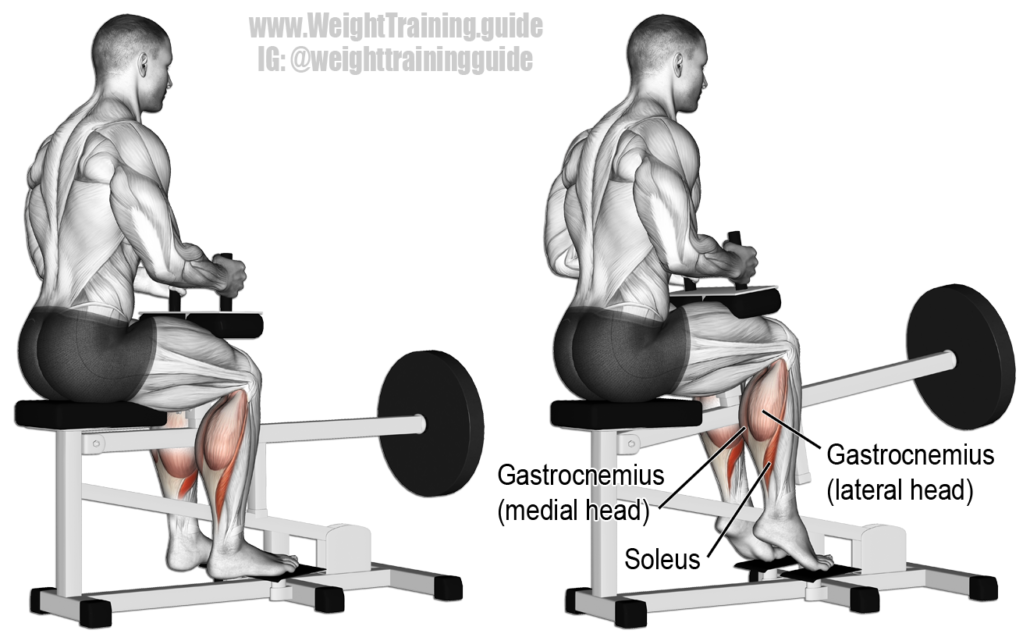Uncovering The Truth About Shin Splints

What is Shin Splints?
More accurately termed ‘medial tibial stress syndrome’ shin splints is repetitive trauma cause by either:
- Muscles pulling on the shin bone: Because the deep muscles of the calf (the soleus) attach onto the shin and produce a powerful force when running. Then this calf muscle could be capable of generating enough force to produce bone irritation if the load exceeds the body’s capabilities.
- Shin bone overload: This could be repeated shin ‘bending’ or ‘bowing’ when impacting the ground. Particularly on a hard surface! Causing repetitive micro-damage which eventually leads to injury. This particular theory follows a bone stress pathology and if ignored, can develop into a stress fracture.
Sign & Symptoms of Shin splints:
Pain is located along the postero-medial (inner) border of the tibia (shin), and most commonly in the lower aspect of the shin. A detailed history will often identify rapid change in training intensity prior to symptoms occurring. Initially symptoms are present when starting activity but subside once warmed up. If severe, pain can continue into running and into daily activities. Occasionally, there is pain with resistance testing and mild swelling.

Treatment & Prevention:
Running with a weak or fatigued soleus muscle means it cannot absorb shock and dissipate ground reaction forces when running. Therefore, if there is inadequate dissipation, then these forces are transmitted to the bone, increasing the risk of injury. With that said, here are four proactive steps to treat and prevent shin splints:
- Increase the strength of the soleus muscle: Add in heavy seated calf raises into your gym routine.
- There may be some benefit to short term pronation-controlled insoles (under the right guidance).
- Promote adequate shock absorption: If your cadence is below 160 I would recommend increasing this by 5-10%. ‘Running softer’ is a great cue for those runners who hit the pavement hard.
- If irritable with running, allow 1-2 days a week of cross training to rest the bone reaction (eg. Swimming).

Relevant blogs:
- The dangers of self-diagnosing shin pain
- Find out what is the best running surface
- The running technique hack: Step width
- How to strengthen your calves for running?
